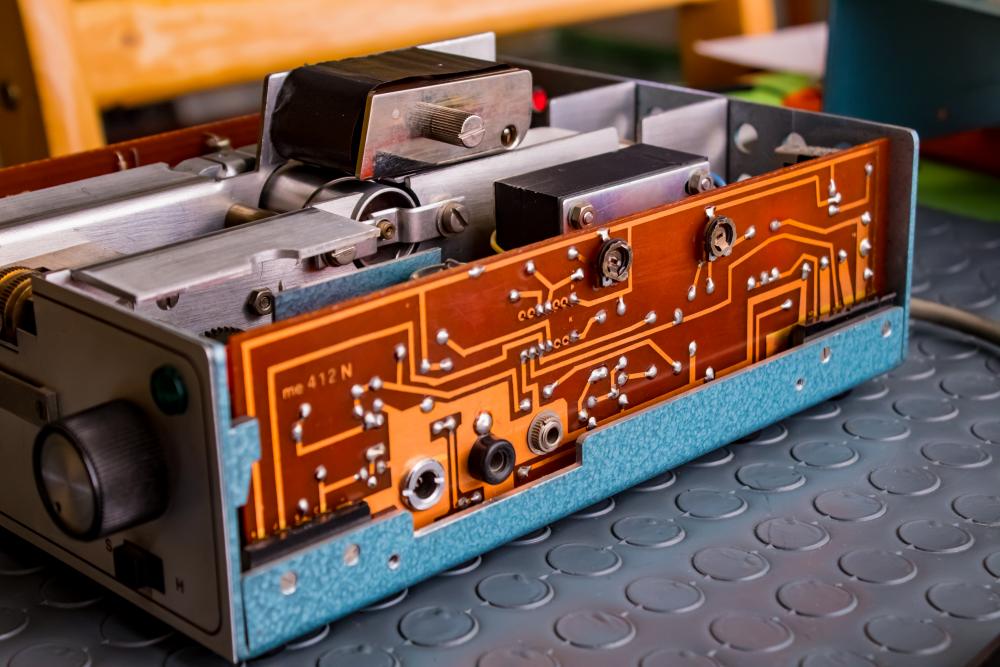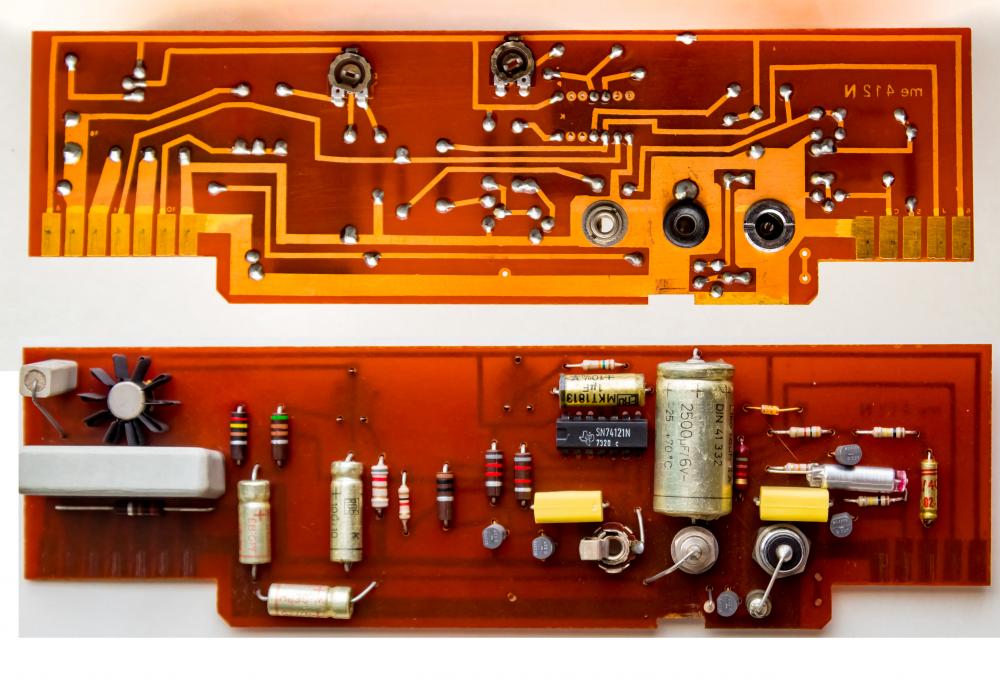Search the Community
Showing results for tags 'timegrapher;'.
-
I'm a watch DIYer, having serviced two watches myself, partially using tools of my own making. One thing I've been working on over the last few months is my own PC based timing machine. I've finally got something working reliably, and thought I'd preview it here. My plan is to eventually write up a detailed article on my web site describing how to build the hardware, and providing a download for the software. I may also produce a "pro" version of the software with more features, to be sold for a reasonable fee. Here's the hardware, all home made of course: The next picture shows the timing trace from my "Black Lagoon", a modified Invicta 8926OB with a Seiko NH35A movement (yes, the amplitude is quite low and tends to fluctuate, topping out around 220 degrees - apparently this is par for the course for Seiko movements): In this picture, the software is in scope mode, showing directly the ticks and tocks. Notice how with this movement, they alternate in loudness. Since the scope mode was run after the timing mode, the scope also shows the threshold that was used by the timing mode to detect the start of each tick. And this is the settings window: Here's a brief list of features so far (I have to resist creeping featuritis): Numerical display of daily rate error, balance amplitude, and beat error. Horizontal "paper tape" mode with sub-pixel vertical resolution that can show fluctuations that are too small to see on a typical stand-alone timing machine. User selectable averaging period. Rate determination using linear least squares, which gives a more meaningful reading than just naively averaging the rate. Automatic signal and noise level determination. There's nothing to adjust. Aggressive noise filtering in the software to keep the hardware simple. Automatic rate detection for common rates. Simple, uncluttered, fixed-size display (1024x600). Scope mode to aid in diagnosis of various watch faults.
-
Ok, I am not new here, I just created a new ID since I cannot find the password for my old profile "Tourbillon" after the email address I used to create that profile was cancelled by the operator/domain owner "telia" years ago. (I tried to contact Admin about that problem, but I got no response)
-
Good afternoon everyone. I have a great project, however my skills and knowledge on the subject are limited. Let's say that I inherited from a relative of mine, my father's brother, a watchmaker, this beautiful machine from about 1974. Although it is very well cared for, it does not work. I have inspected and I think the problem is with a zener diode (BZY92C10). Or a pair of transistors that activate the solenoid that hits the cylinder with the helical track that prints the succession of points. PCB1. The side tracks is rotate to match PCB 2 Is rotate o mirror to match The motor turns and the paper strip advances. But the characteristic sound of the impression tapping is not heard. In fact I was able with the help of a tip to check current of 12-24 volts, I could see that at the output to the printer / solenoid, a pulse corresponding to the beat of the clock is generated. But it seems that the current is not enough to drive the solenoid coil. The solenoid coil works if I activate it with a 9 volt battery. In other words, you can hear the “click”. If any of you wish to join me in this project, I would greatly appreciate his help. Thanks


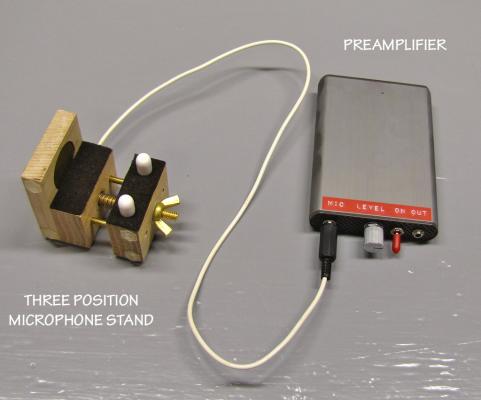
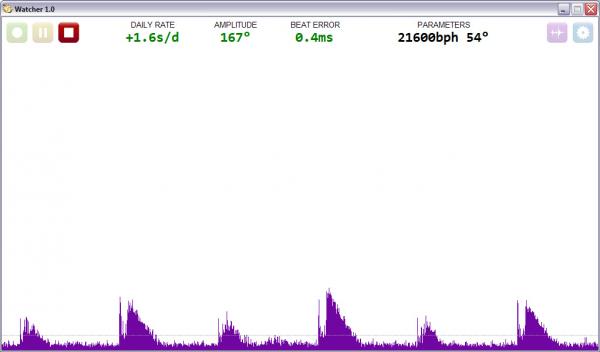
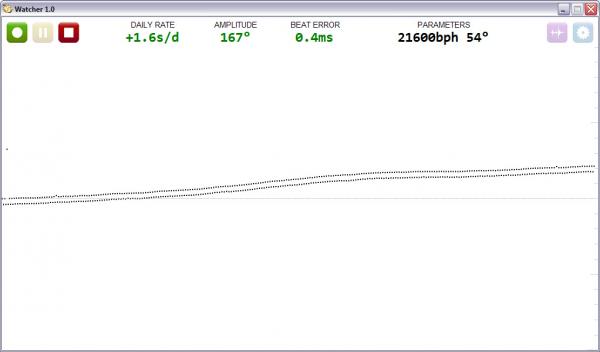
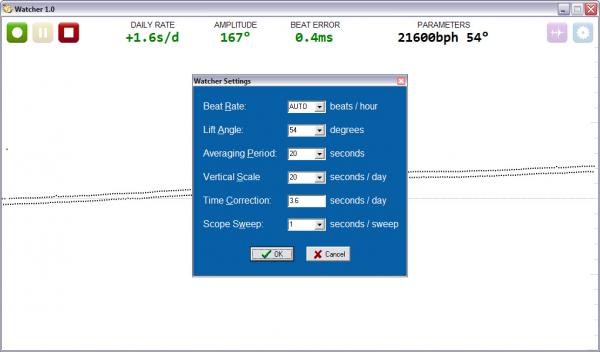


.thumb.jpg.4c8af3ef6b0ebd38fcf9dd76f0dc2292.jpg)

